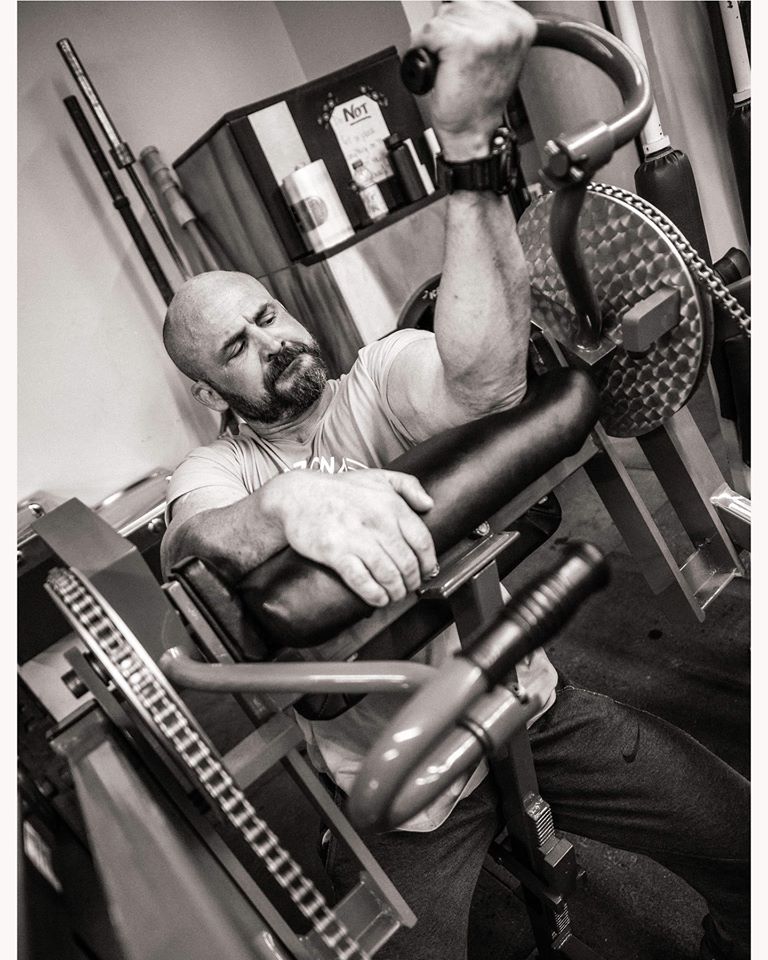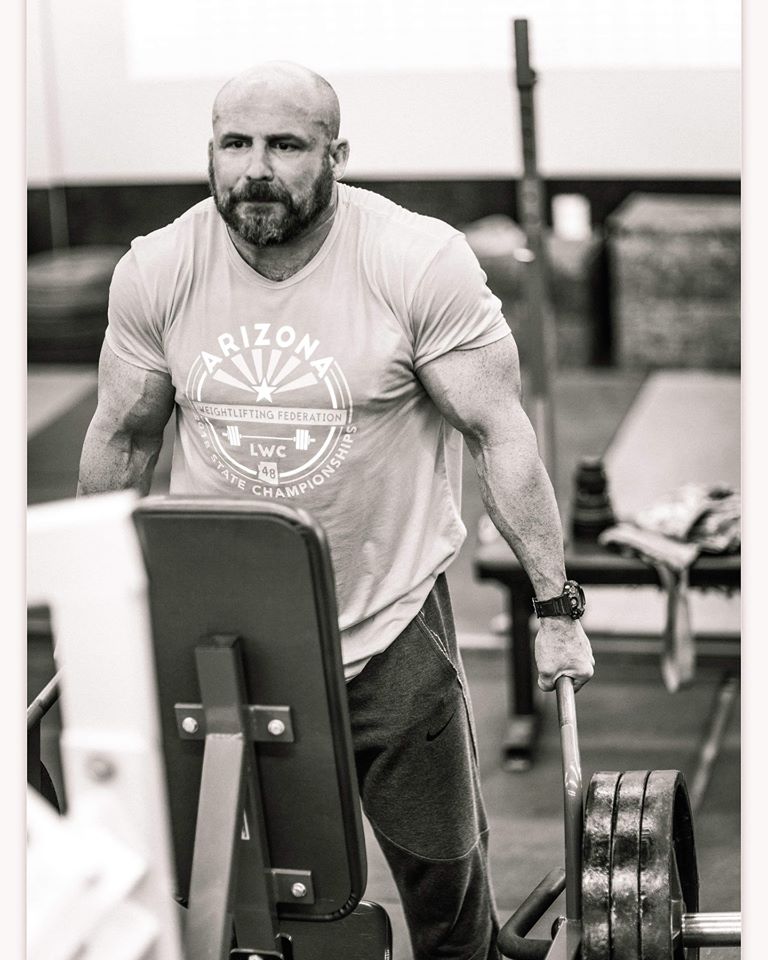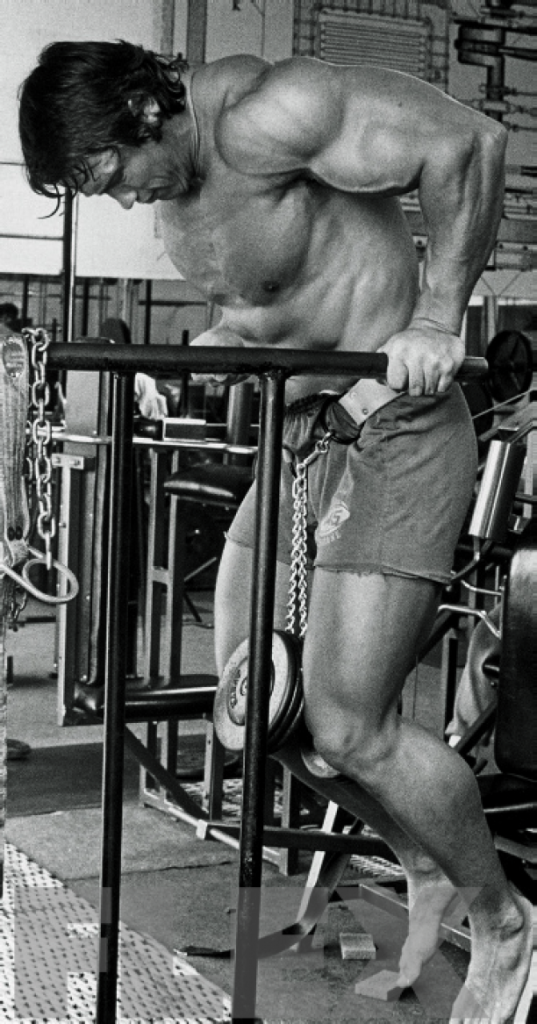In the most basic terms, Hypertrophy refers to an increase in the size of a…
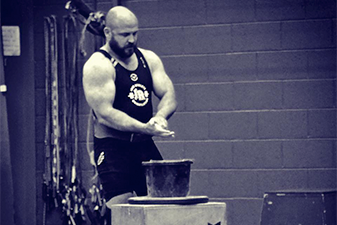
The Joy of Complexes
A complex is the combination of two or more different lifts in a single set. Complexes can be used for a variety of purposes and with many different modalities. The focus of this article will primarily be the use of complexes in training weightlifting and gymnastics movements.
Reasons to use complexes:
Variety: Complexes are an excellent method of adding variety and fun to training. This is a valid reason to include them. Athletes who spend years training specific movements day in and day out can break the monotony by adding complexes.
Conditioning: Complexes can be systemically taxing or can allow for the development of localized muscular strength or endurance, depending on movement selection and structure.
Skill: Complexes can be helpful for developing skills. This is in part due to the control required to transition from one exercise to the next. Complexes can also allow for additional focus on specific components of the lift. They can also be used to fatigue the athlete prior to completing the movement that is the focus of the complex.
Addressing weaknesses: In the case that an athlete has a deficit of strength or skill in a specific movement, complexes can be an effective way to address the weakness. If leg strength is an issue, the addition of squatting to a complex is a means of addressing the problem (1 Clean + 2 Front Squats + 1 Jerk). Additionally, complexes can be used to emphasize particular movements by increasing the repetitions completed (1 Clean + 2 Jerks).
Limiting the load: Complexes can be structured in a manner that controls the amount of weight that can be used. This can be accomplished by including an exercise that serves as a “limiting factor.” For example: a complex that includes a power snatch, snatch, and overhead squat. The power snatch will typically serve as the “limiting factor” (assuming weightlifting proficiency). This is useful because it allows the coach to moderate intensity and prevent the athlete from lifting heavier than desired.
Other considerations when programming complexes:
Safety: When writing a complex, it’s important to visualize the flow of the complex in the transitioning from one exercise to the next. Fatigue and load should also be considered when creating a complex. For example, it is unadvisable to ask an athlete to lower a heavy load onto the shoulders behind the neck. This movement requires significant skill and is commonly mishandled so that the bar contacts the neck rather than shoulders. This can lead to a serious injury of the cervical spine.
Purpose: Complexes are an effective means of addressing weaknesses and developing conditioning and skills. They are generally not considered an effective means of training to develop maximal strength.
The difference between “+” and “&”.
Example:
1 Clean + 2 Front Squats + 1 Jerk
The “+” indicates a separation of exercises. This complex would be completed as:
1 Clean followed by 2 Front Squats and concluded with 1 Jerk.
Example:
2 Clean & Jerks
The “&” indicates that the exercises are combined. This set would be completed as:
1 Clean & Jerk followed by another Clean & Jerk.
_____________________________________________________________________________________
Several Ways to Structure Complexes
5 rounds for load:
1 Clean + 1 Front Squat + 1 Jerk
(Make consistent increases)
This complex is measured by load and should allow the athlete to lift at relatively high intensities. The addition of the front squat will increase the demand on leg strength and cause more-than-typical fatigue prior to the jerk.
________________________
5 rounds for load:
3 Front Squats + 3 Back Squats
(Make consistent increases. Same bar for both movements)
This complex can be used to improve an athlete’s positioning during squats. The upright torso during the front squat should lead to a more upright torso during the back squat. The structure of the complex also allows the athlete to perform front squats prior to the onset of significant fatigue. The back squat will then be more challenging due to the fatigue from the front squat. This complex is also an effective means of limiting the amount of weight used during the back squat.
________________________
For load:
Every 1:00 for 10:00
1 Snatch Pull + 1 Snatch + 1 Overhead Squat
(Make consistent increases)
This complex is an effective way to spend additional time addressing the components of the snatch. The “EMOM” structure combined with the fact that the complex is composed of three movements will increase the metabolic demand. The additional movements also limit the load relative to the weight that could be used for a single snatch.
__________________________
5 rounds for time:
12 Deadlift 155/105
9 Hang Power Clean
6 Shoulder to Overhead
This complex is a means of addressing simultaneously metabolic conditioning, barbell cycling, and — to some degree — strength.
__________________________
20 rounds for time:
1 Toes through rings + 1 Ring Muscle-up + 1 Ring Dip
(Each round completed unbroken)
This complex addresses the components of the muscle-up, fatigues the athlete prior to completing muscle-ups, and limits the number of actual muscle-ups completed. The athlete will complete a large amount of work relevant to the muscle-up without performing an excessive number of muscle-ups. Requiring that each round be unbroken has a couple of benefits: It helps maintain movement quality, and helps the athlete develop a more accurate sense of their work capacity.
__________________________
10 rounds for time:
4 Toes to Bar + 3 CTB + 2 Bar Muscle-up
(each round completed unbroken)
This complex is a means of addressing several skills in a very efficient manner. It also conditions the athlete to performing higher-skill movements in a state of fatigue. The athlete will be heavily taxed without having to perform a large amount of volume on one movement, thus decreasing the likelihood of an overuse injury.
_____________________________________________________________________________________
Complexes are only limited by the coach’s creativity. They add an element of fun to training and increase the variety of movements that can be addressed in a single training session. When properly aligned with the principles of purpose and safety, complexes are a very potent tool that can add significant variety to training.
The following are some additional examples of exercise combinations that work well as complexes.
Snatch Complexes
Power Snatch + Overhead Squat
Power Snatch + Drop Snatch
Power Snatch + Snatch
Snatch High Pull + Snatch + Snatch High Pull (Jim Schmitz calls this a Snatch Sandwich)
Snatch Pull + Snatch + Overhead Squat
Hang Snatch (high hang) + Hang Snatch (AK) + Hang Snatch (BK)
Clean & Jerk Complexes
Power Clean + Push Press
Power Clean + Clean
Clean + Front Squat + Jerk
Clean Pull + Clean + Front Squat
Front Squat + Jerk
Front Squat + Clean (start from rack)
Push Press + Pause Jerk (:02 in dip) + Jerk
Front Squat + Back Squat
Gymnastics
Strict Pull-ups + Kipping Pull-ups
Strict Pull-up + Kipping Pull-up + Bar Muscle-up
Toes to Bar + Chest to Bar + Bar Muscle-up
Toes through Rings + Ring Muscle-up + Ring Dip
Kip on Rings + Ring Muscle-up + Ring Dip
Strict Handstand Push-ups + Kipping Handstand Push-ups
Hand Walk + Strict Handstand Push-ups + Kipping Handstand Push-ups
-Bachelor of Scie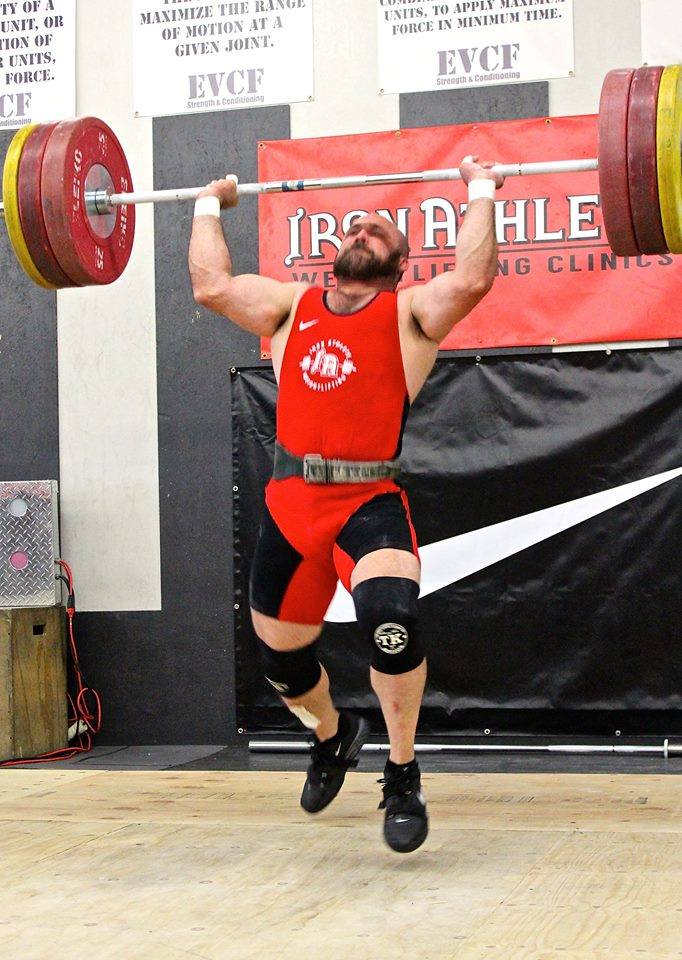 nce, Auburn University 1997
nce, Auburn University 1997
-Master of Education, Northern Arizona University 2005
-USA Weightlifting Club Coach 2001
-CrossFit Level 1 Instructor 2009
-USA Weightlifting National Coach 2012
-EVCF Regional Team Coach 2013, 2014, 2015, 2016, 2017
-EVCF CrossFit Games Team Coach 2014
-Masters National Record Holder: Snatch 130kg & Total 287kg (105kg 40-44)
-5 x American Masters Weightlifting Champion
-5 x American Masters – Best Lifter (2 x 35-39yrs, 3 x 40-44yrs)
-3 x Masters Nationals Weightlifting Runner-up
-President of Arizona Weightlifting Federation – LWC 48, 2016-current
